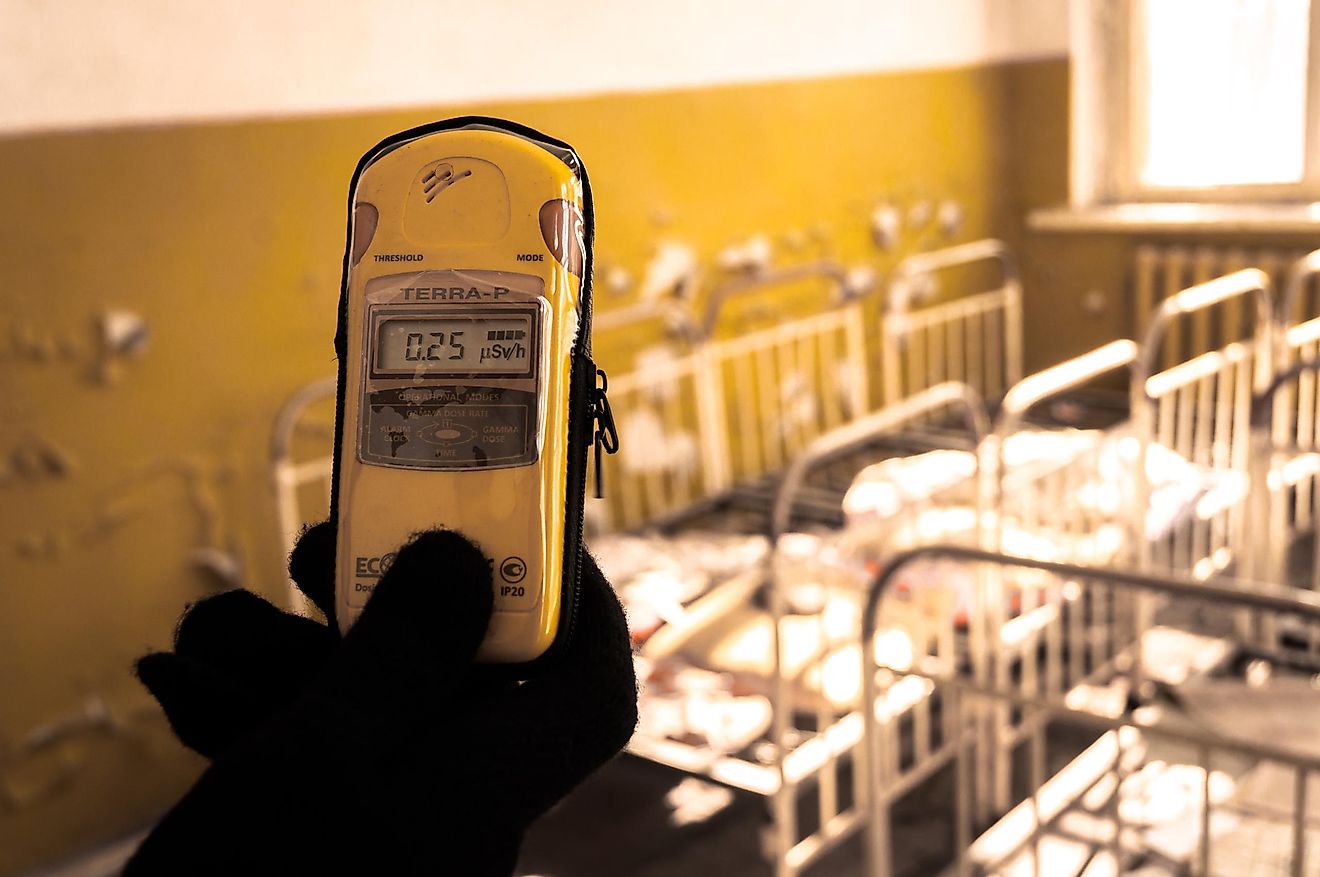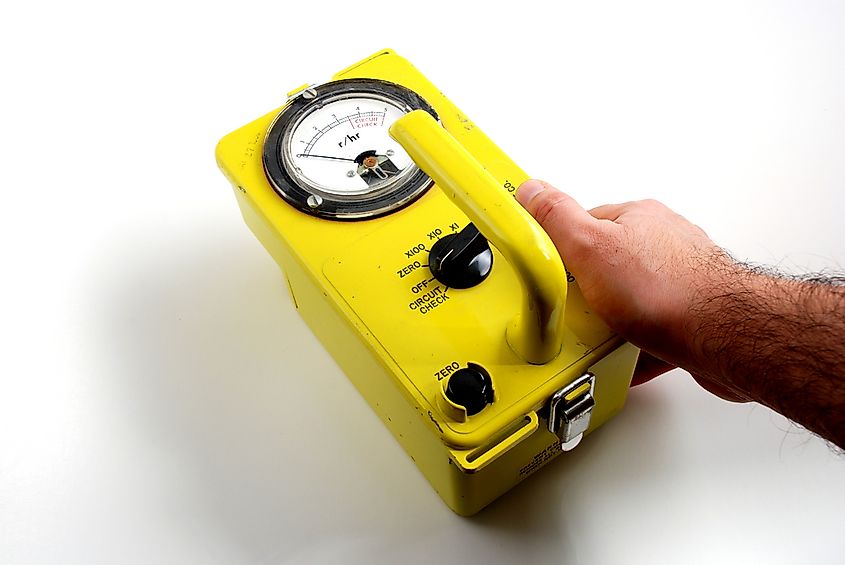How Does A Geiger Counter Work?

- The Geiger counter is a very popular tool due to its low cost and a vigorous sensing element.
- The Geiger-Müller tube is the most crucial element of the counter, and the reason it can measure radiation.
- The process of measuring radiation happens in a split second, meaning the Geiger counter can constantly deliver new measuring results.
The clicking sound of a Geiger counter is well known to many of us, and we mostly associate it with nuclear weapons. You have probably witnessed it being used in numerous movies or documentaries about nuclear warfare, radiation or fallout. In simple terms, a Geiger counter is a device used to detect and measure ionizing radiation. Ionizing radiation as a type of radiation that transfers amounts of energy needed to ionize electrons. Electrons are ionized by being detached from atoms or molecules.
Geiger counters are mostly used in radiological protection, radiation dosimetry, and the nuclear industry. They can detect various types of radiation, such as gamma rays or alpha and beta particles. The ionization effect used to identify these particles is produced in a Geiger-Müller tube. It is the primary sensing element of the counter. Geiger counter is one of the most well-known instruments used for radiation detection in the world.
A Portable Radiation Detector
The principle for the creation of a Geiger counter was first realized in 1908, but the instrument could not yet be produced then. Once the Geiger-Müller tube was developed in 1928, things changed, and the Geiger counter could start being used to detect radiation. Hans Geiger was the physicist that established the principle at the Victoria University of Manchester. Once he and Walther Müller, his Ph.D. student, created the Geiger-Müller tube, the instrument became wildly popular as a portable radiation detector.

A Geiger counter looks like a metal cylinder or a tube, and it is filled with low-pressure gas. The gas is sealed in by a window made of plastic or ceramic. A metal wire is running through the middle of the tube, and it is connected to a positive voltage. This means that there is a strong electric field between the wire and the outside of the tube. Some units keep the detector and the electronics separate from each other, while others, called the “integral units,” keep them both together. Those can be operated by a single hand.
Measuring Radiation
Once radiation enters the Geiger-Müller tube, ionization is caused by it, which makes the gas molecules split into ions and electrons. These electrons are negatively charged, and they get immediately attracted to the wire. The reason for that is because the wire is connected to positive voltage. The electrons then go through the tube at high speed and collide with even more gas molecules, which creates more ionization. What this leads to is that a large number of electrons suddenly arrive at the wire, and they create an electric pulse.
This pulse can be measured on a meter, and we can hear a clicking noise if the counter is connected to a loudspeaker or an amplifier. Those electrons are then rapidly absorbed by the millions of gas molecules that are in the tube, which forces the counter to reset. This reset happens extremely fast, it lasts only a fraction of a second, and the counter is then ready to detect more radiation. The Geiger counter can detect alpha, beta, and gamma radiation. However, the tube itself is not able to differentiate between types of radiation.











